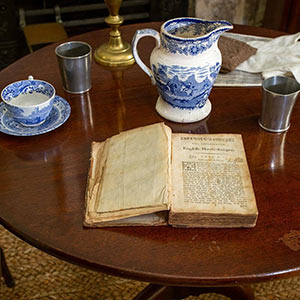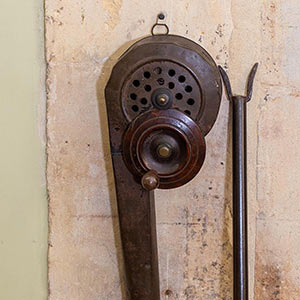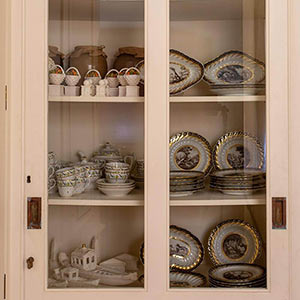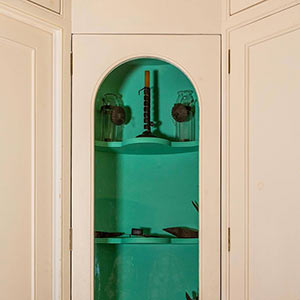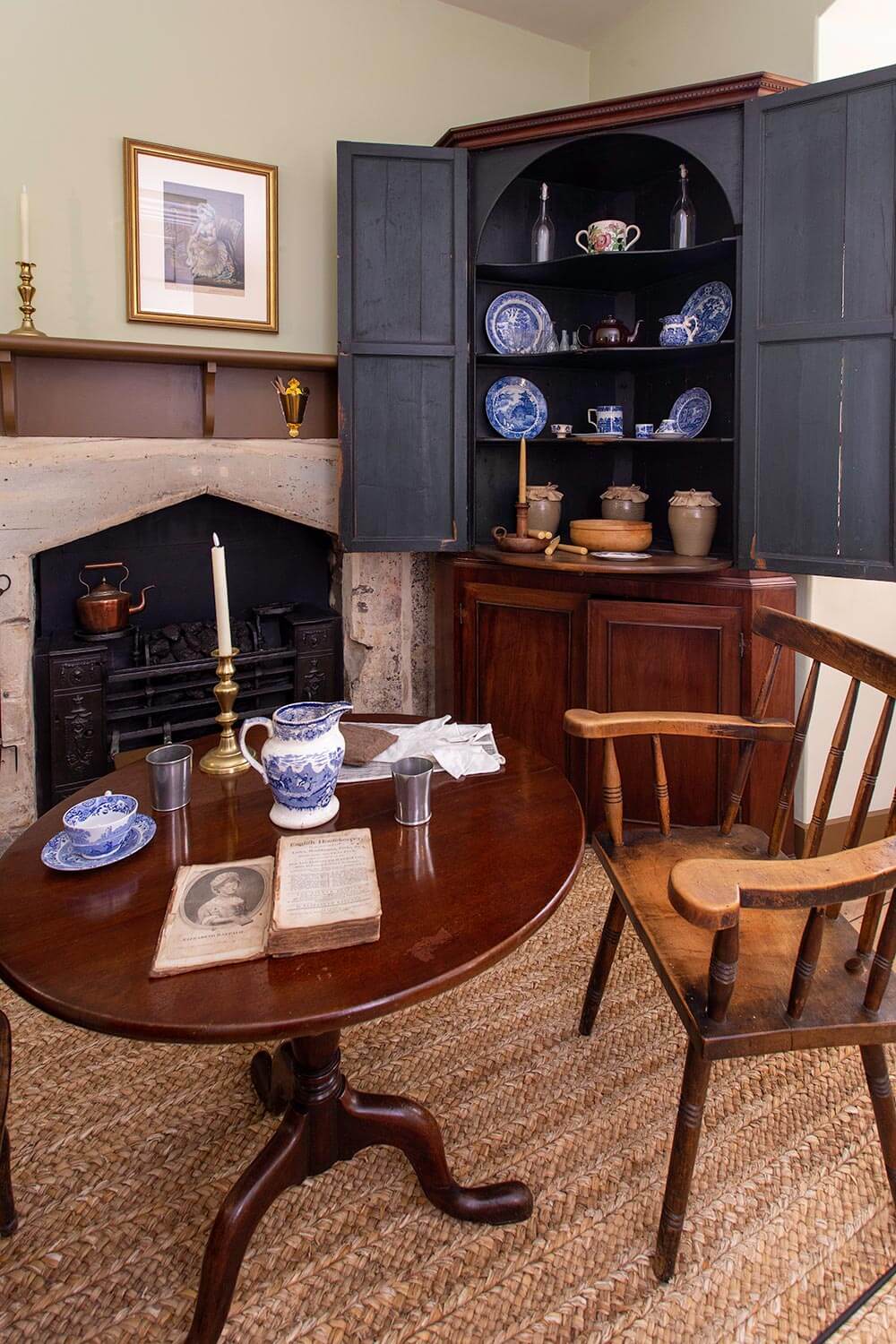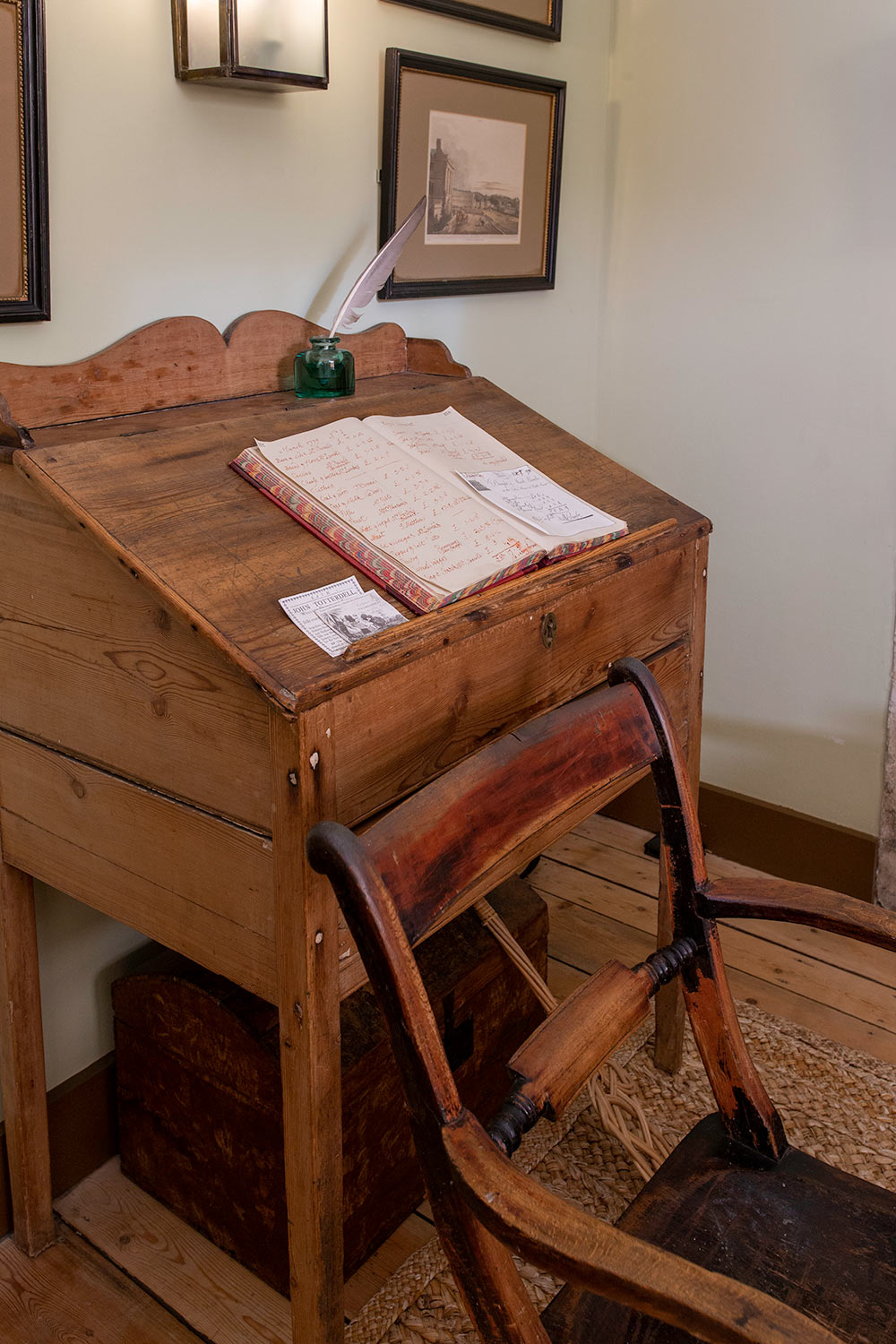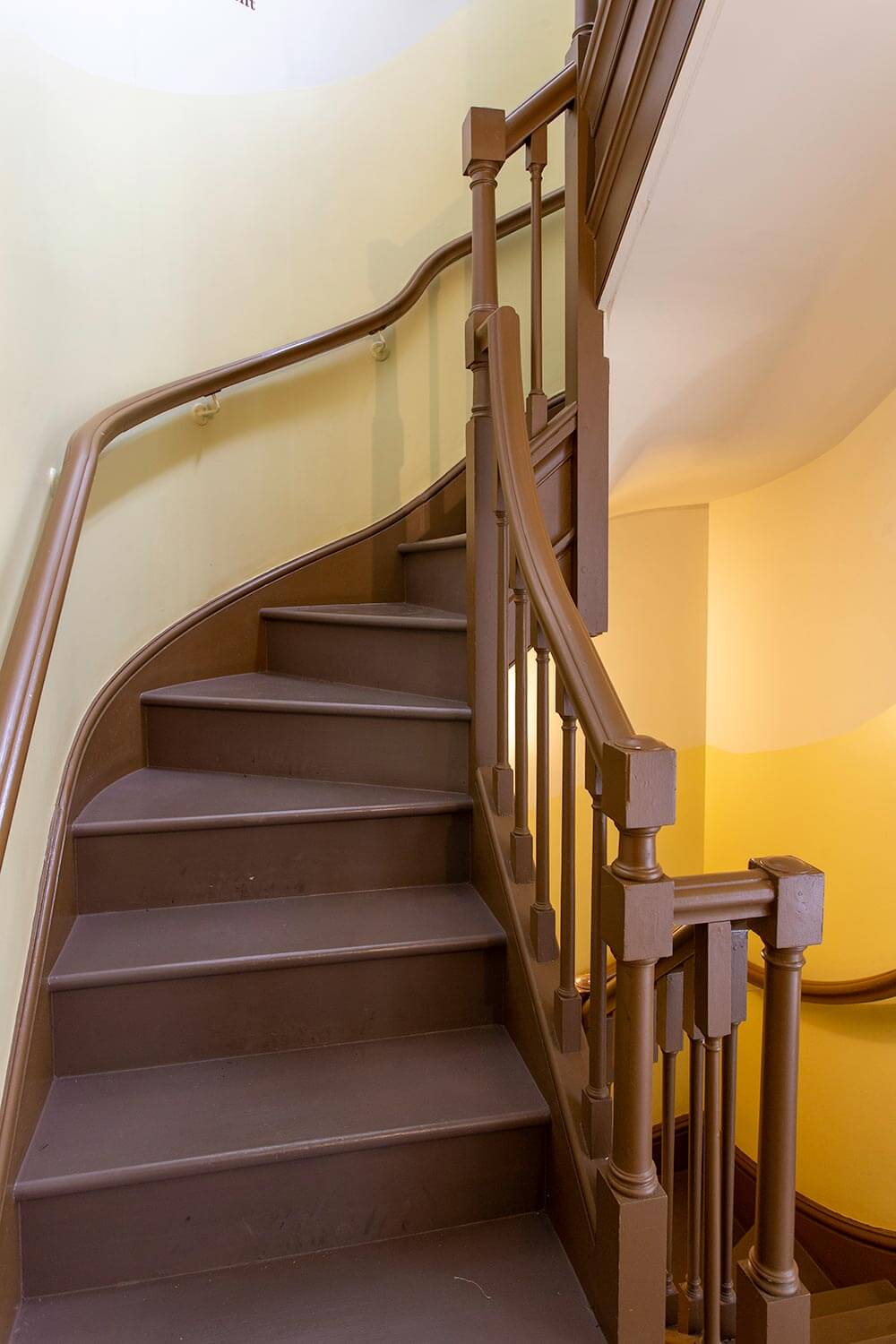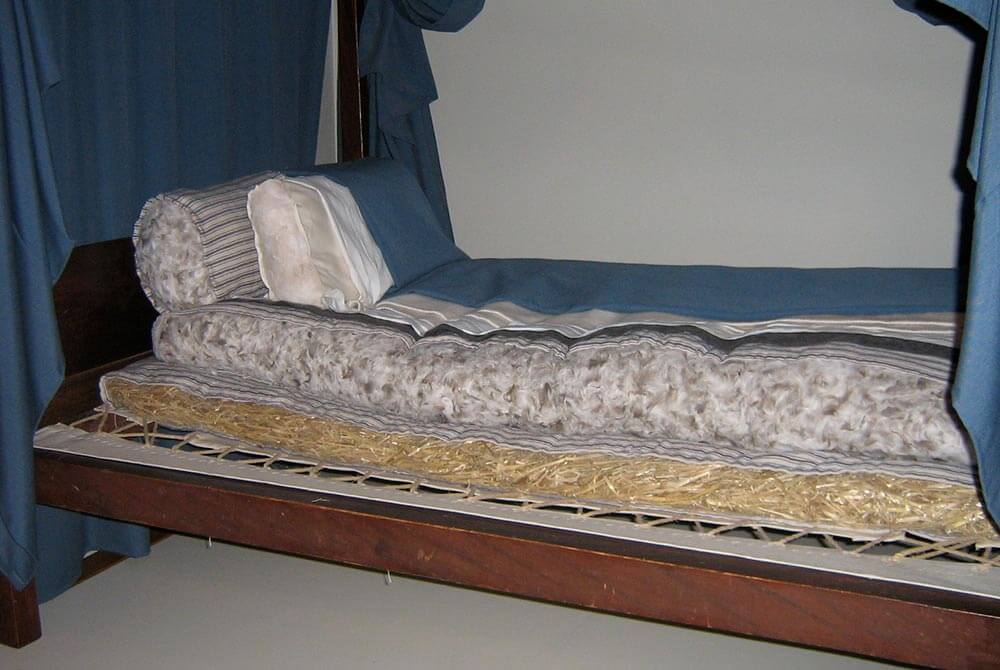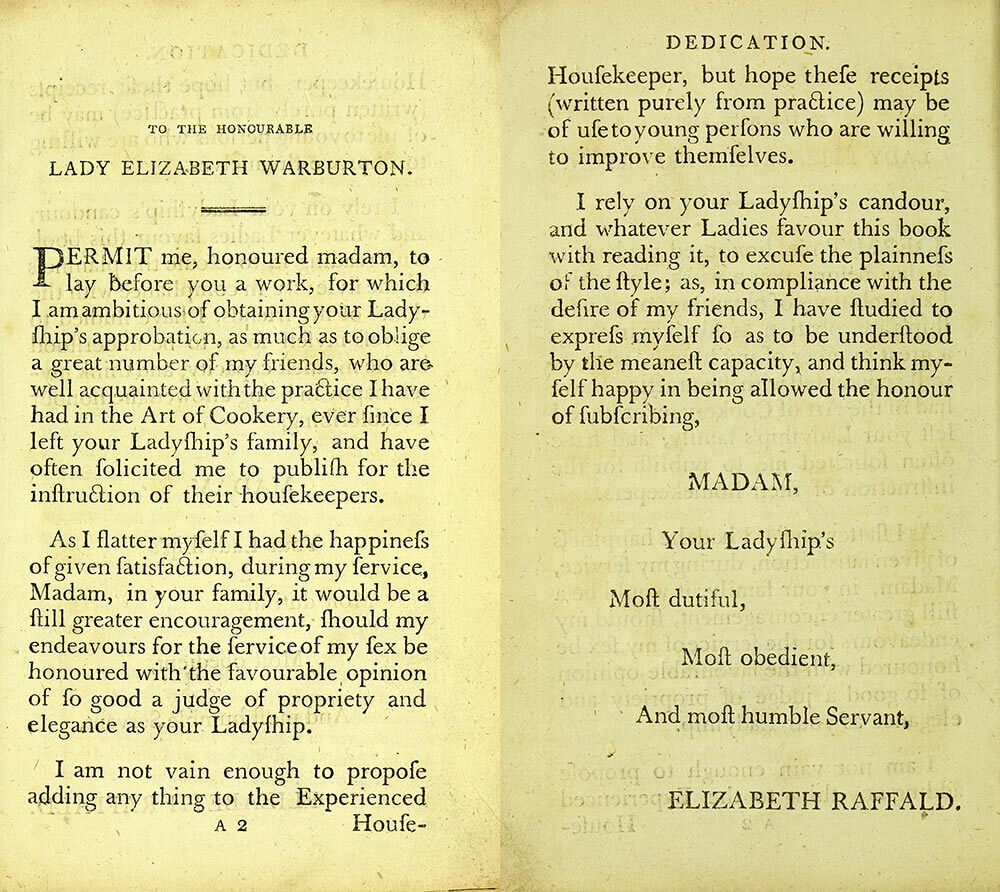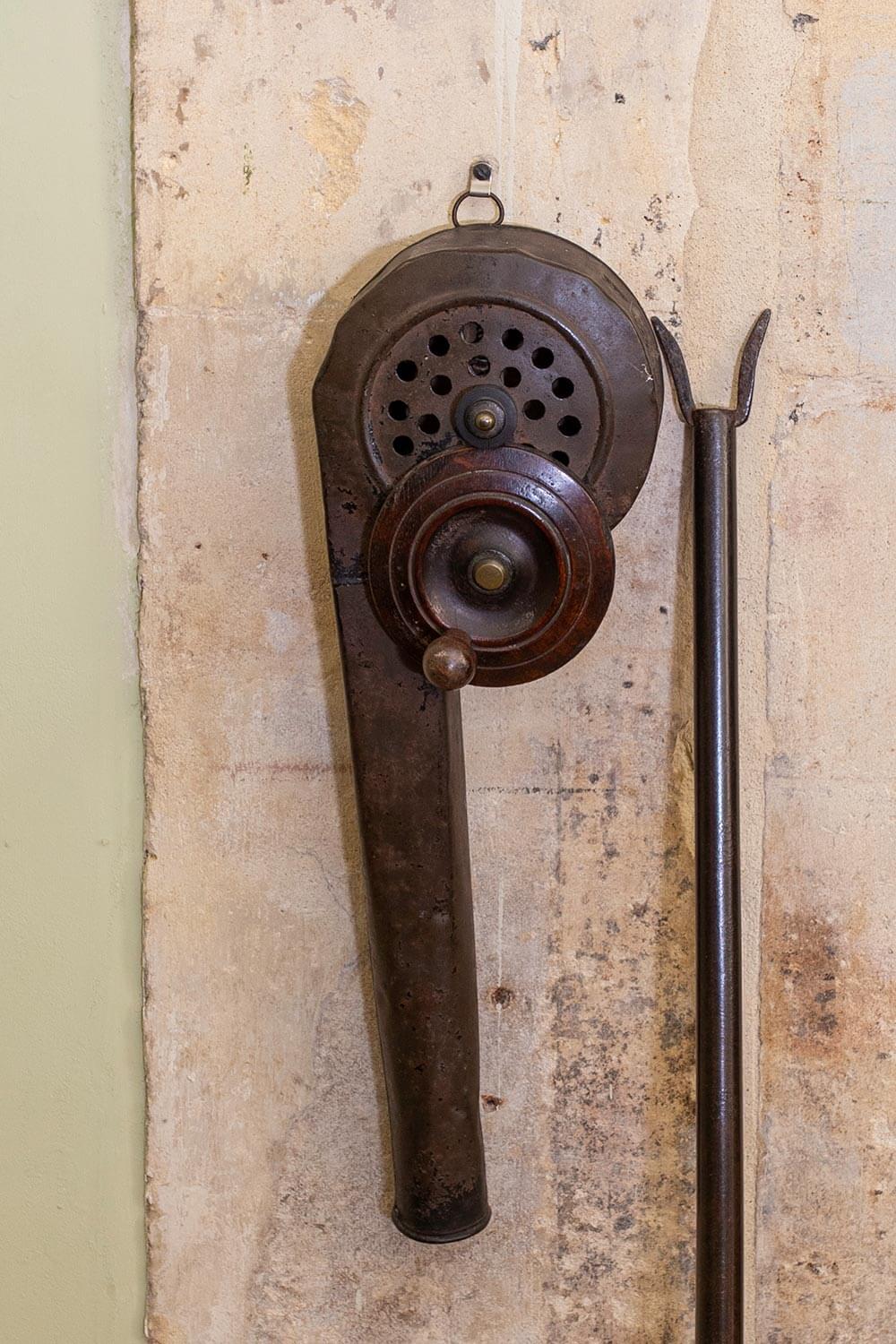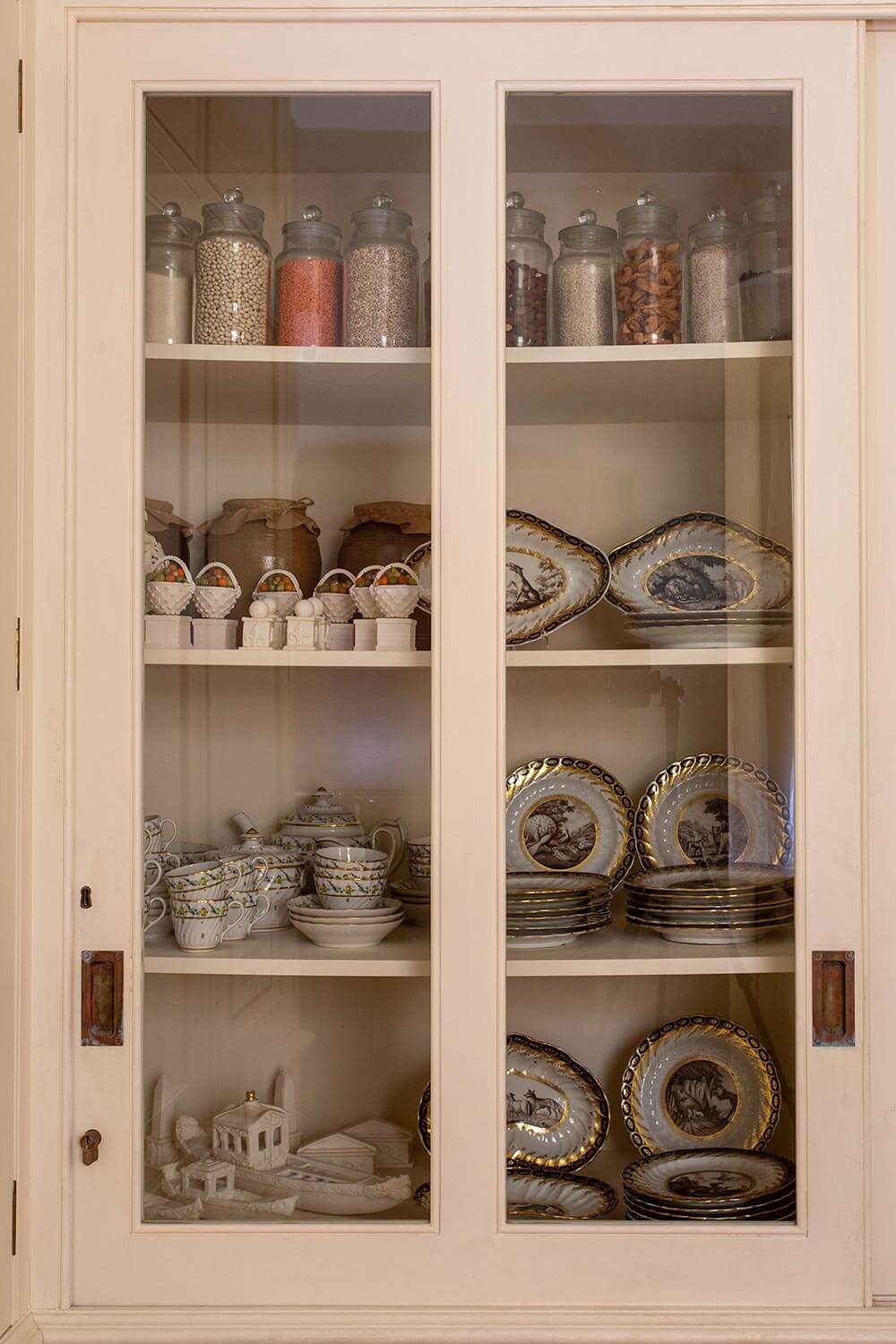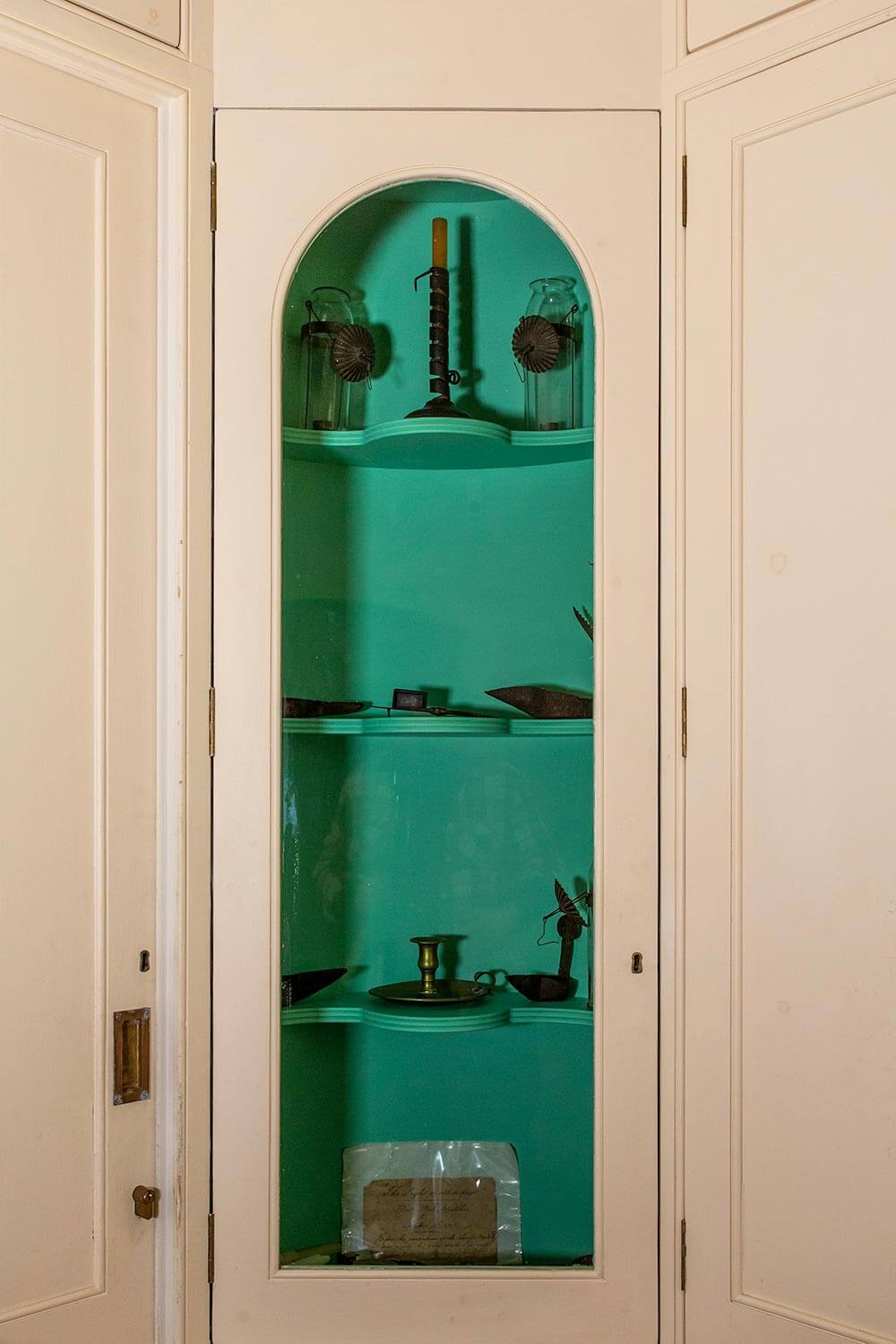Usually a woman of more mature years, the Housekeeper was a valued and skilled professional. Her status as the most important female servant meant she had her own room for comfort and privacy. Here she organised the household and paid bills. Other servants rarely entered. Her status meant that the Housekeeper dined in this room, rather than eating with the other servants in the Servants’ Hall.
This website uses cookies so that we can provide you with the best user experience possible. Cookie information is stored in your browser and performs functions such as recognising you when you return to our website and helping our team to understand which sections of the website you find most interesting and useful.

